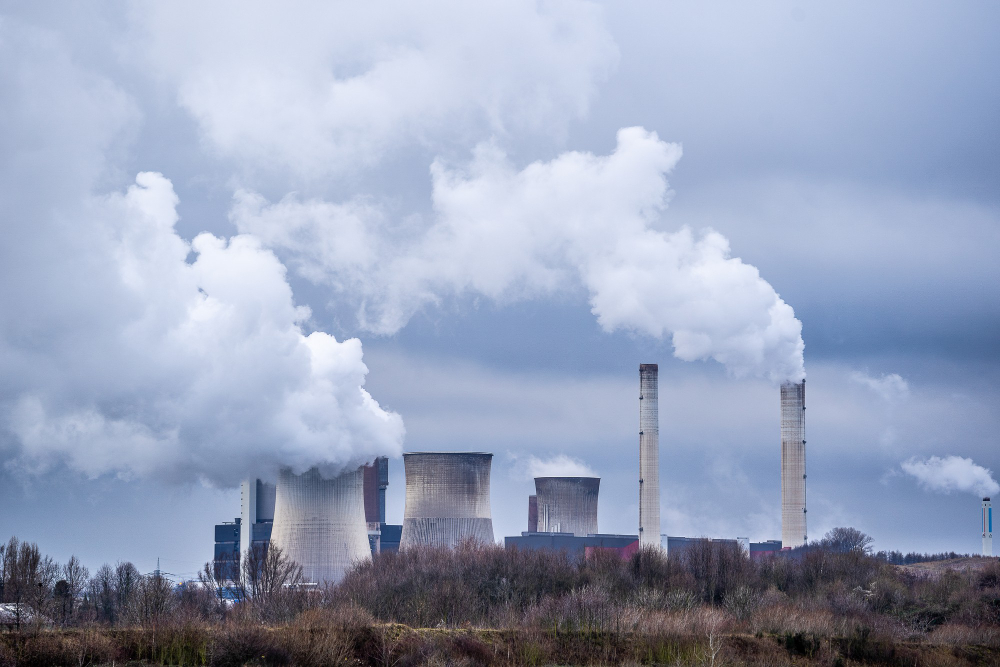Photochemical smog forms when certain pollutants in the atmosphere react with sunlight. It mainly consists of ground-level ozone (O3), mixed with other toxic gases and particulate matter. This type of air pollution typically plagues urban areas, especially in cities with high levels of vehicle and industrial emissions.
Here’s how photochemical smog forms:
Emissions: It all starts when various precursor pollutants get released into the air. These pollutants include nitrogen oxides (NOx) and volatile organic compounds (VOCs), often coming from vehicles, industrial processes, and other sources.
Sunlight: When these precursor pollutants are exposed to sunlight, particularly ultraviolet (UV) rays, they undergo complex chemical reactions.
Formation of Ground-Level Ozone: One crucial reaction in photochemical smog formation is the creation of ground-level ozone (O3). Ozone is a major component of smog and can harm human health when its concentrations are high.
Secondary Pollutants: NOx and VOCs also react to produce secondary pollutants, such as peroxyacetyl nitrate (PAN) and aldehydes. These compounds can irritate the respiratory system and contribute to the smog’s harmful effects.
Photochemical smog is recognizable by its brownish-yellow color and often has a strong, acrid odor. It can have various negative effects on human health and the environment, including respiratory issues, eye irritation, and harm to crops and other vegetation. Additionally, it significantly contributes to poor air quality in many urban areas and can result in “smog days” when air quality is particularly bad.
To reduce the formation of photochemical smog, efforts focus on cutting NOx and VOC emissions through vehicle emissions controls, industrial regulations, and other means. Public awareness campaigns and air quality monitoring are also used to inform people about smog levels and encourage actions to reduce exposure during smoggy days.



Leave a Reply
You must be logged in to post a comment.